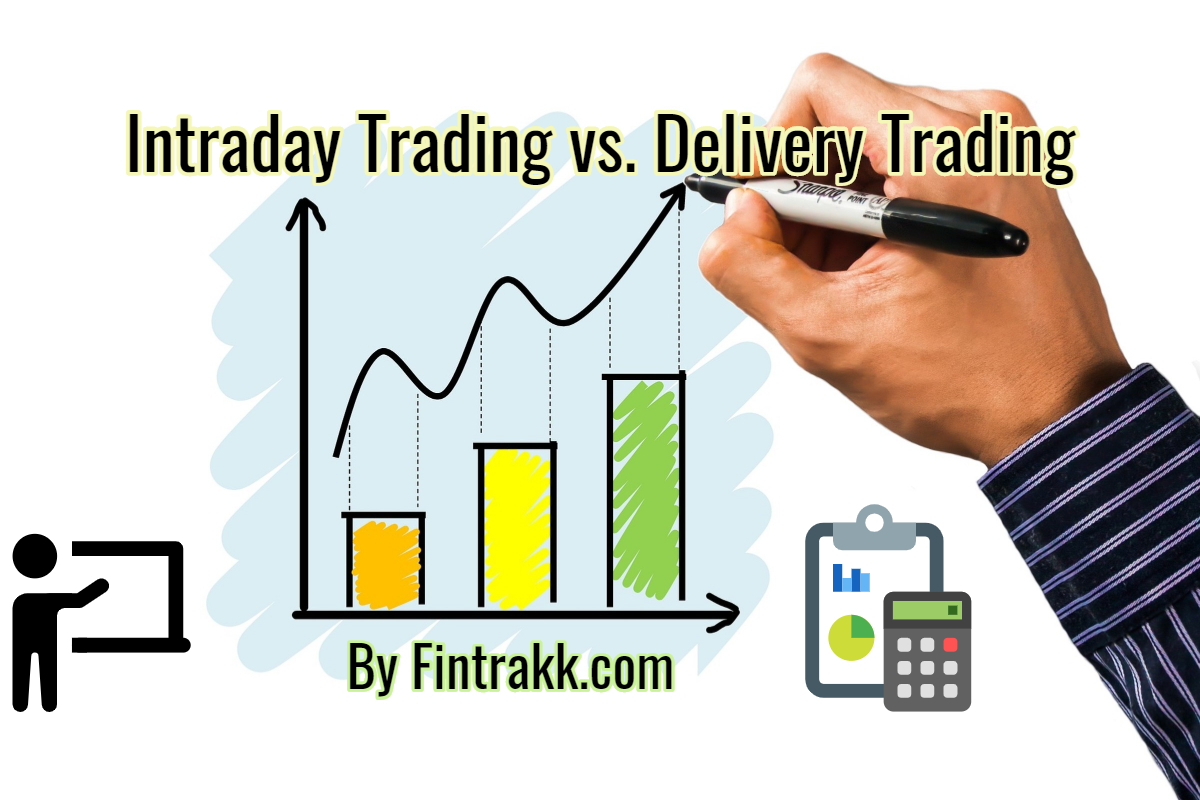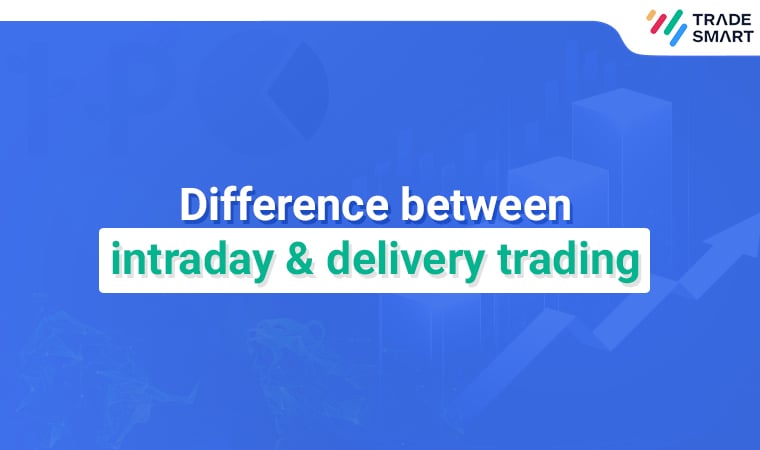Introduction
Investing in the stock market can be a daunting task, especially for beginners who are unfamiliar with the complexities of trading. Two popular trading strategies are intraday trading and option trading. While both strategies offer opportunities for profit, they come with their own set of risks and rewards. This comprehensive guide will delve into the key differences between intraday trading and option trading, empowering investors to make informed decisions about which strategy aligns best with their investment goals and risk tolerance.
What is Intraday Trading?
Intraday trading, also known as day trading, involves buying and selling stocks within a single trading day. Intraday traders aim to profit from short-term price fluctuations, typically entering and exiting positions multiple times throughout the trading day. This strategy requires a high level of market knowledge, technical analysis skills, and the ability to make quick decisions based on changing market conditions.
Advantages of Intraday Trading
– Potential for high profits: By capturing short-term price movements, intraday traders have the opportunity to generate substantial profits within a single trading day.
– Control over positions: Intraday traders have complete control over their positions, allowing them to enter and exit trades at will, reducing the risk of overnight losses.
– Flexibility: Intraday trading offers great flexibility, as traders can trade during the hours that best suit their schedules and market conditions.
Disadvantages of Intraday Trading
– High risk: Intraday trading involves a higher degree of risk as traders are exposed to short-term price fluctuations, which can result in significant losses.
– Stressful: The fast-paced nature of intraday trading and the constant need to monitor the market can be stressful, making it unsuitable for investors who are not comfortable with high-risk, high-intensity trading.
– Knowledge and skill requirement: Intraday trading requires a high level of market knowledge and technical analysis skills, and it is generally not recommended for beginner investors.
What is Option Trading?
Option trading involves buying or selling contracts that give the holder the right (but not the obligation) to buy or sell an underlying asset (e.g., a stock) at a specific price (known as the strike price) on or before a certain date (known as the expiration date). Unlike intraday traders, option traders typically hold positions for longer periods, ranging from days to months, and may not exercise their options until the expiration date.
Advantages of Option Trading
– Limited risk: Option trading offers limited risk as traders only lose the premium paid for the options contract, regardless of how the underlying asset price moves.
– Income generation: Option traders can generate income by selling (writing) options or by utilizing various options trading strategies that benefit from volatility or directionality in the underlying asset.
– Leverage: Options offer leverage, enabling traders to potentially control a larger number of shares than they could with the same amount of capital invested in the underlying asset.
Disadvantages of Option Trading
– Limited profits: The potential profit in option trading is capped at the premium paid for the option, making it less rewarding compared to intraday trading.
– Time decay: Option contracts lose value as time passes (known as time decay), which can erode profits, especially for options held close to expiration.
– Complexity: Option trading involves complex concepts and strategies, making it less accessible to beginner investors.

Image: fintrakk.com

Image: www.tickertape.in
What Is The Difference Between Intraday Trading And Option Trading

Image: tradesmartonline.in






